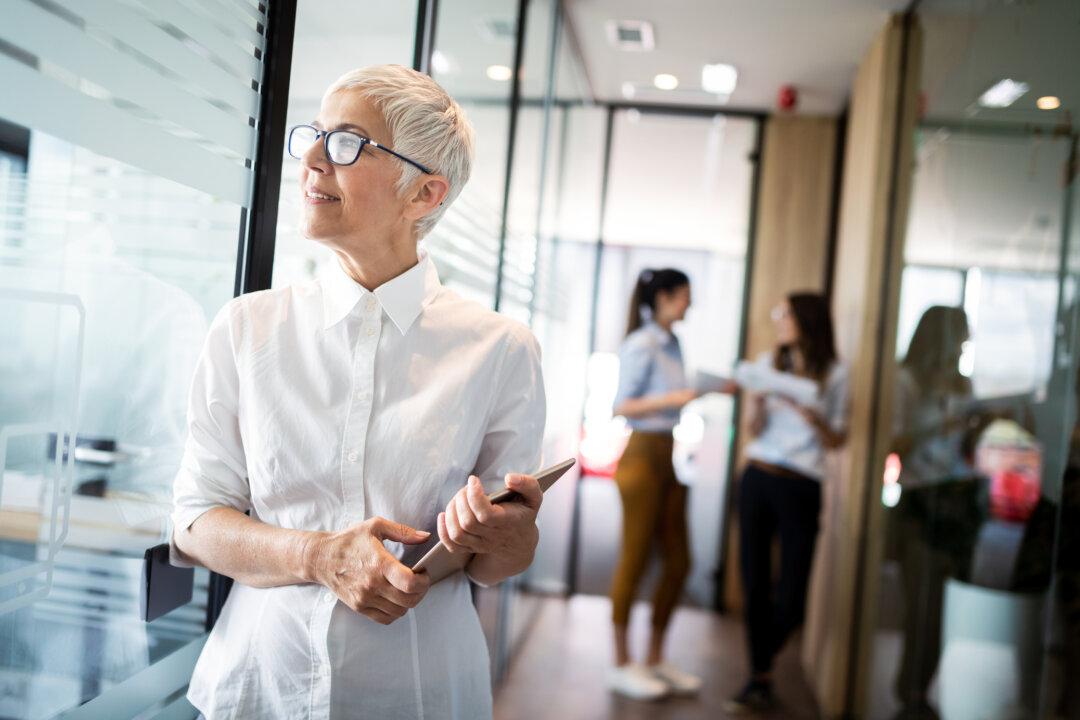At 8 a.m. in Key West, a rooster is crowing somewhere, shouting at the top of its lungs. At 5 Brothers, the hole-in-the-wall corner grocery store not far from the Key West Cemetery, a man with thick white hair and a big belly brews a buchi espresso while chatting with a customer. His words flow from Cuban-accented Spanish to English, and the store fills with the scent of fried eggs and sizzling pork.
The Florida island is known for its idyllic beaches, the iconic red, black and yellow Southernmost Point monument with “90 Miles to Cuba” sprawled across it, and the sweetly tart key lime pie. What’s less visible today is its immense Cuban influence. Key West and Cuba have a connection that dates back 200 years, just as long as the island has been part of the United States. (Key West celebrated its bicentennial on March 25.)
The remnants of the Cuban fight for independence are still visible on Key West if you look past flashy Duval Street and the all-you-can-drink bars, overpriced restaurants and crowds of sunburned tourists. Here’s where to start.
Revolutionary Spirit
Cubans began migrating to Key West in the early 1830s in search of freedom from Spanish colonial rule. More arrived in 1868 following the revolution that turned into the Ten Years’ War, which Spain won. By 1870, Key West had the second largest Cuban émigré community. The island boasted more than 150 cigar factories and became known as the cigar manufacturing capital of the world.
Begin at the San Carlos Institute, a Cuban heritage center and museum that has its own tumultuous history. Built in 1871 by Cuban exiles, the two-story Spanish-style building was founded as a center for education, civic studies and patriotism. It’s considered by some as the heart of Cuba’s independence movement. It was here in 1892 that Cuban revolutionary José Martí united the exile community, launching the last phase of his campaign of Cuban independence.
Today the institute is a bridge between past and present. Wander into the theater, which has soft red velvet seats and a screen framed by old-fashioned curtains, and watch a 20-minute film about the institute’s history. Take the winding staircase up to the second floor, where you can find everything Cuban revolution. Paintings of former Cuban presidents line one wall. Peer inside glass cases to see early bilingual textbooks from the institute’s days as a school. A huge black-and-white photo of Cuban cigarmakers hunched over a table, rolling tobacco while a lector reads from a podium, hangs in a series of posters. A white plaster sculpture of Martí’s head sits on a stand.
When Martí came to Key West, he stayed at 1125 Duval St., which is now the gay bar La Te Da. The house was constructed in 1892 by Teodoro Perez, Key West’s premier cigar manufacturer and a supporter of Cuba Libre (Free Cuba). Martí delivered impassioned speeches from the second-floor balcony.
Financial assistance from Cuba to the San Carlos ended when Fidel Castro came to power in 1959. It closed in 1973. Eight years later, the façade collapsed and injured a passing tourist. The building was in danger of being demolished or redeveloped. Miami attorney Rafael A. Peñalver Jr., head of Florida’s Hispanic Commission, took on saving the San Carlos as his own personal mission — and eventually won. After years of restoration, the institute reopened in 1992.
The E.H. Gato Cigar Factory, a Neo-Classical Revival-style building constructed in 1916, is also a symbol of the island’s changing past. Large windows would let in light for workers of Cuban, African and Bahamian descent to roll cigars. Now the factory building is home to a small cigar museum and government offices. Many of the cigar manufacturers had moved to Tampa by the early 1900s, beginning the gradual transformation of Key West into tourism central.
The Florida Overseas Railroad expanded all the way to Key West by 1912. The Florida land boom of the 1920s brought massive real estate speculation, increasing tourism to Key West. For the first time, a tropical paradise felt closer for Americans than the French Riviera.
Cuban Tastes
After taking in all this Cuban history, you have several options: Take a nap, stop by the island’s most beautiful beach at Fort Zachary Taylor Historic State Park, or grab a coffee.
Should you choose the latter, head to 5 Brothers, a corner grocery with five cartoonishly drawn dudes’ heads on its sign. Grab a Cuban mix (ham, pork, salami, swiss, lettuce, tomatoes and pickles) or veggie mix sandwich on toasted white bread. Wash it down with a cafe con leche or an espresso — small (buchi), medium (double) or cortadito (espresso with a splash of milk) — while standing at a chairless high table.
For a sit-down dining experience, head to El Siboney, a one-story brick building that looks like it was once someone’s home, and order up a traditional Cuban ropa vieja, a tender, braised flank steak which translates to “old clothes.” For dessert, try the flan.
Stop by the island’s most popular independent bookstore, Books & Books, co-founded by children’s author Judy Blume and her husband, George Cooper, who also founded nearby Tropic Cinema, and pick up a copy of Carlos Eire’s book “Waiting for Snow in Havana,” a memoir about the exile’s childhood in the Cuban capital.
To wind down, drop in on an evening yoga class on the back patio at the Key West Yoga Sanctuary, owned by Cuban-American yogi Erika Hawks. Or hop on a sunset cruise with Sebago Watersports, featuring an open bar. Your dream Key West trip won’t last forever, so enjoy the sunshine while you can.
©2022 StarTribune. Visit at startribune.com. Distributed by Tribune Content Agency, LLC.






